The Romanian flag, a beacon of national identity and history, symbolizes the nation’s enduring journey and cultural richness. It encapsulates Romania’s historical resilience and present aspirations, serving as a testament to its people’s collective spirit and values.
Flag of Romania
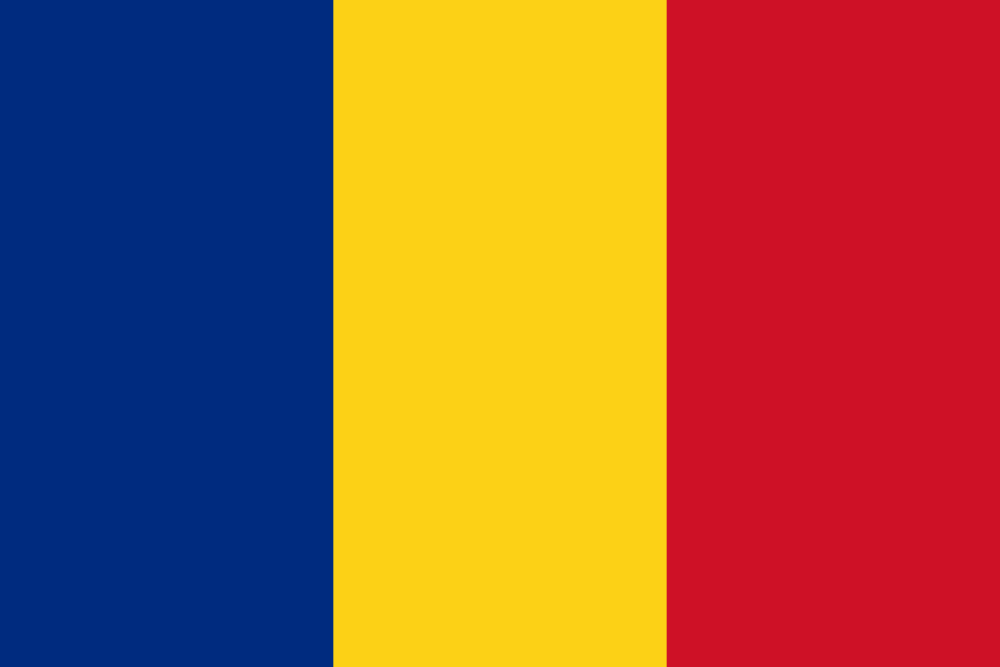
The flag of Romania serves as a vibrant symbol of the nation’s heritage and future. This tricolor is not just a national emblem; it mirrors Romania’s resilience and cultural richness. As we explore this flag, we uncover its deep symbolism and significance, marking it as a revered icon for Romanians.
Flag of Romania: Color Palette
Romania Flag Map
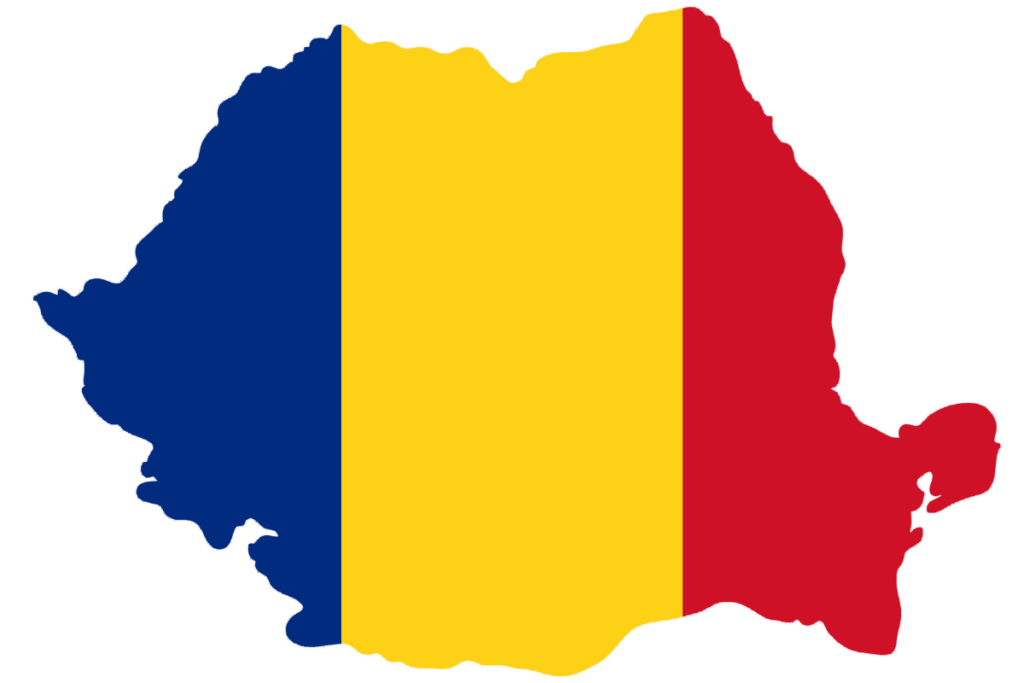
Romania Flag Emoji: 🇷🇴
The color palette of Romania’s flag is a harmonious blend of blue, yellow, and red. Each hue is distinctive in the flag’s design, symbolizing key aspects of the nation’s landscape, history, and values.
The following segment will delve into the individual significance of each color, unraveling the deeper meanings they embody in the Romanian context.
Meaning of Each Color
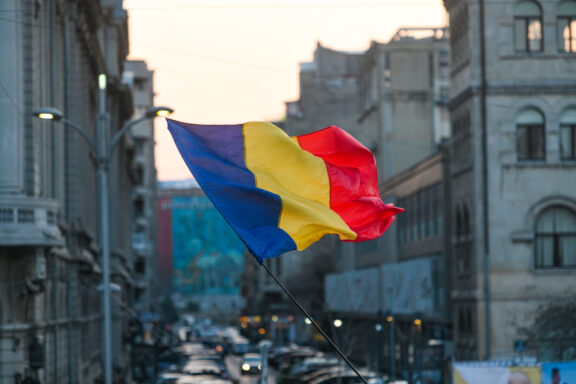
Blue
The blue stripe on the Romanian flag symbolizes liberty and justice. This color has been a symbol of freedom throughout Romania’s long history.
It reflects the nation’s commitment to democratic ideals and fair governance. Historically, blue has also been associated with the sky, representing limitless possibilities and the aspiration for higher ideals.
Yellow
Yellow in the Romanian flag represents wisdom, strength, and hospitality. This color is emblematic of the country’s cultural depth and the welcoming nature of its people.
Agriculturally, yellow can be seen as a nod to Romania’s fertile wheat fields, symbolizing prosperity and the nation’s rich agricultural heritage.
Red
The red stripe signifies the bloodshed in earlier battles for independence, embodying the courage and sacrifice of the Romanian people. Red is a powerful symbol of strength and bravery, reflecting the nation’s strength in adversity.
Romanian Coat of Arms
Romania’s coat of arms is a complex symbol, rich with historical and cultural significance and deeply rooted in the nation’s past.
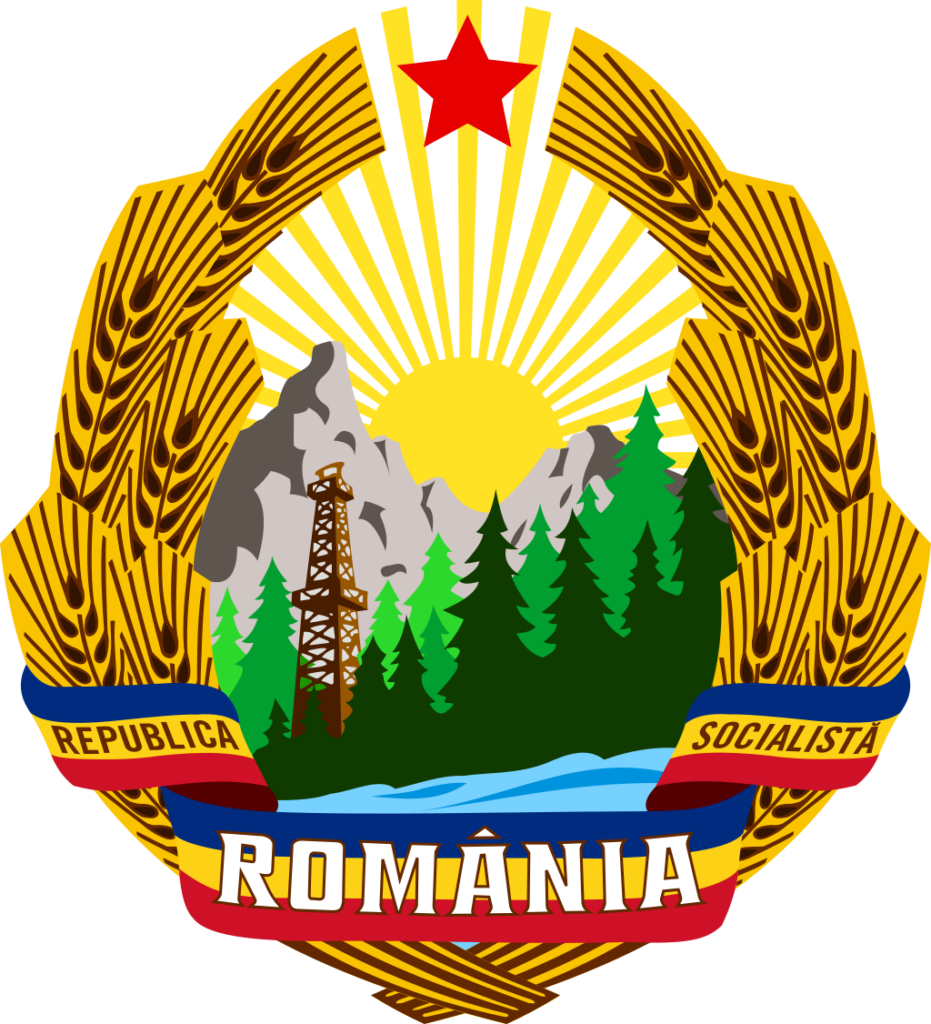
Adopted on September 10, 1992, it was based on the lesser coat of arms of the interwar Kingdom of Romania and has undergone several changes throughout history.
The coat of arms features a golden Aquila (eagle) at its center, representing courage, determination, and the soaring aspirations of the nation. This eagle holds an Orthodox cross in its beak, and in its talons, it carries a mace and a sword.
These elements symbolize the sovereignty of Romania and pay homage to notable historical figures like Moldavia’s ruler, Stephen the Great, and Michael the Brave, the first unifier of Romanian countries.
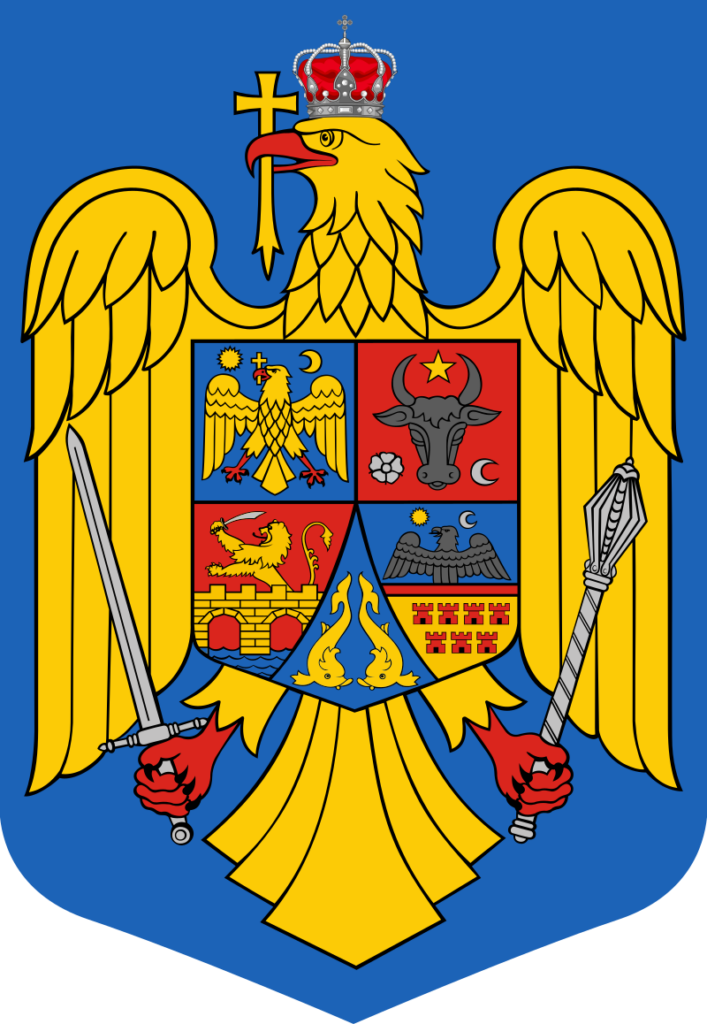
The shield on the eagle’s chest is divided into several fields, each representing different historical provinces of Romania with their traditional symbols:
- A golden aquila that symbolizes Wallachia on a blue background.
- Moldavia is represented by an aurochs head with a star between its horns.
- The seaside regions, including Southern Bessarabia/Budjak and Dobruja, are depicted with two dolphins.
- The province of Banat and Oltenia features a golden bridge and a lion.
- Transylvania, along with Maramures and Crisana, is shown with a black aquila, a sun, a moon, and seven castles.
The design and elements of Romania’s coat of arms encapsulate the diverse historical provinces and their significance, weaving a narrative of the country’s rich heritage and journey through time.
Historical Evolution and the Meaning Behind Changes
The flag of Romania, with its tricolor of blue, yellow, and red, has undergone significant changes throughout its history, reflecting the nation’s evolving identity and political landscape.
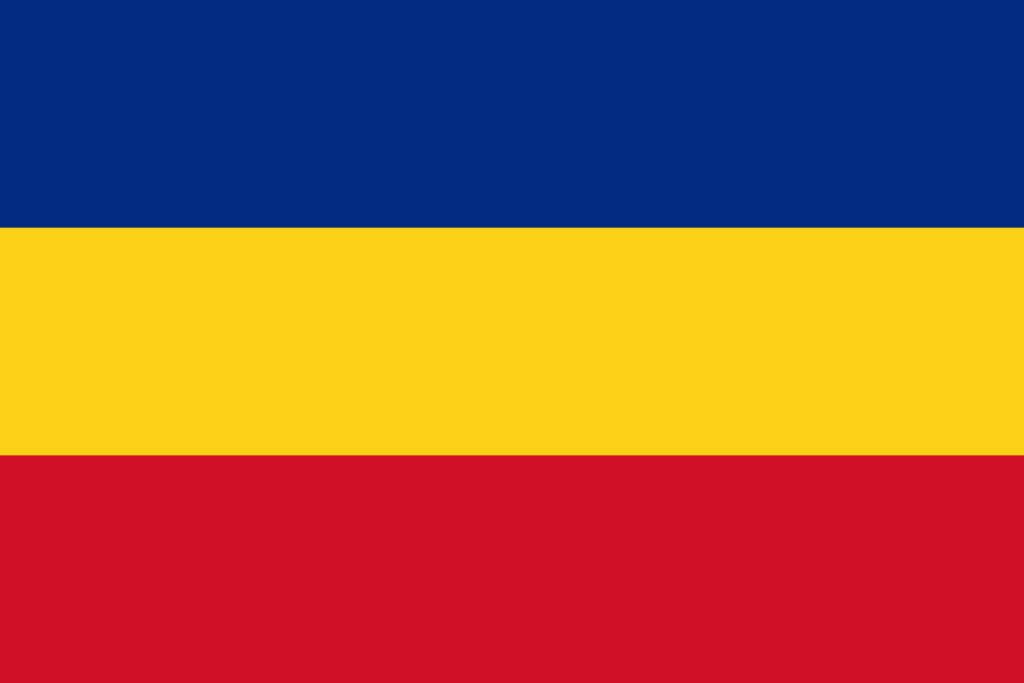
The origins of Romania’s flag date back to the 1830s when the three principalities of Wallachia, Moldavia, and Transylvania sought unity and independence. Initially, the flags of Wallachia and Moldavia featured different designs and colors.
A pivotal moment in the flag’s history was during the 1848 revolution, where the blue, yellow, and red tricolor symbolized unity among the Romanian provinces.
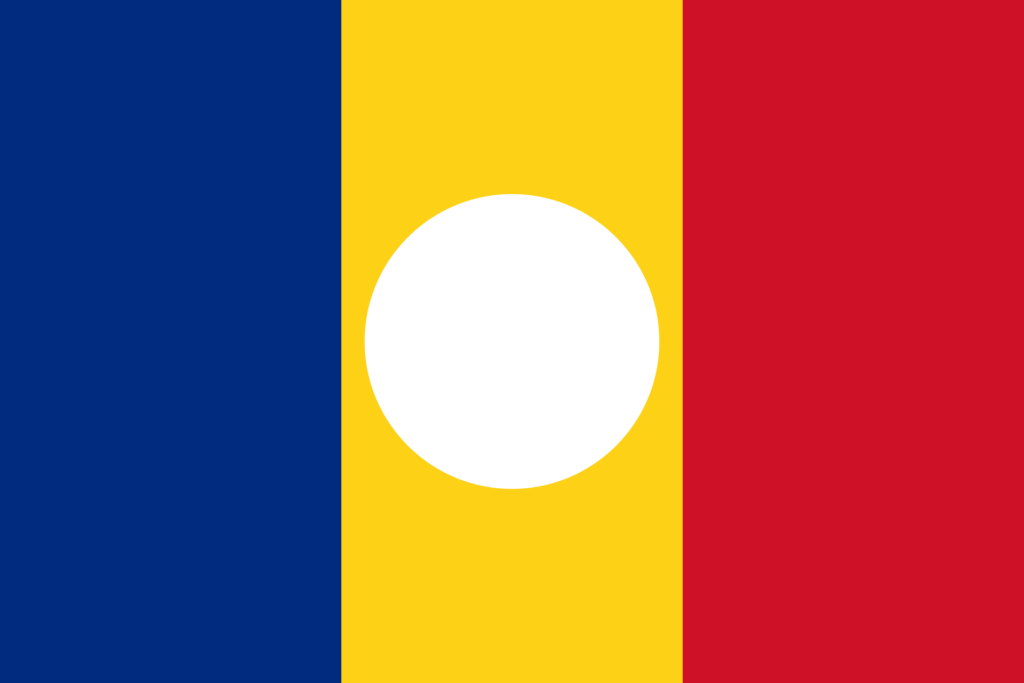
Later, 1859 marked a significant change with the union of Moldavia and Wallachia under Alexandru Ioan Cuza. The blue-yellow-red tricolor was officially adopted, representing the national colors of the newly formed United Principalities.
After World War I, the flag’s significance grew with the unification of Transylvania, Bessarabia, and Bukovina with Romania. This period solidified the tricolor as a symbol of Greater Romania, encompassing all Romanian-speaking territories.
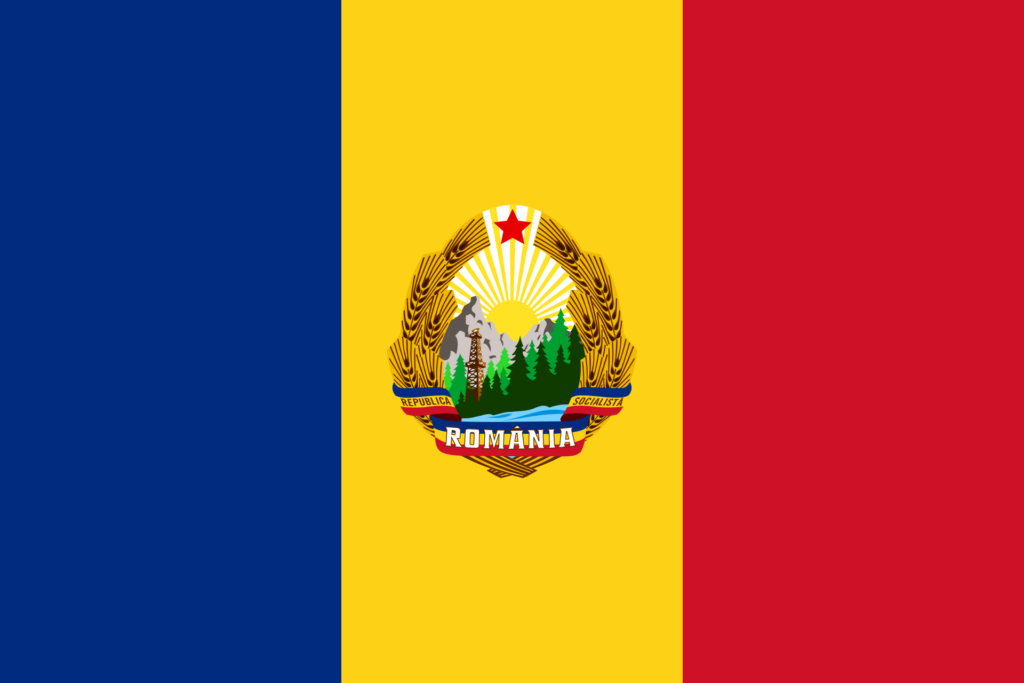
During the communist era, Romania’s flag underwent minor modifications, but the tricolor design remained. The most notable change was the addition of the communist coat of arms in the center of the flag. This alteration represented the socialist governance and ideology of the period.
The fall of the communist regime in 1989 led to the removal of the coat of arms from the flag. This change symbolized a return to the original tricolor and the rejection of communism.
The current flag, devoid of any additional symbols, reflects the democratic and independent values of modern Romania.
Overall Symbolic Meaning of the Flag
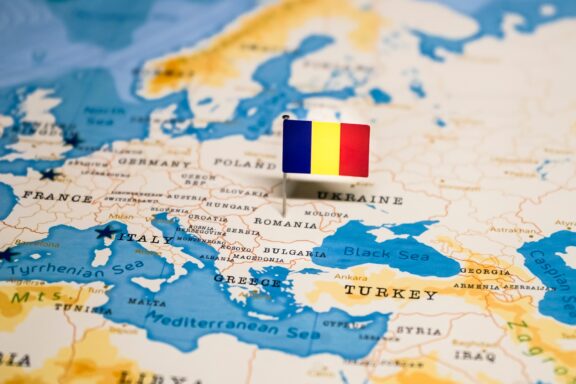
The flag of Romania weaves together a story of unity, resilience, and national pride. They reflect a journey from historical struggles to contemporary aspirations, embodying the spirit of a nation that values freedom, cultural richness, and the courage to face challenges.
Thus, The flag serves as a powerful emblem that captures the essence of the Romanian nation, representing its past and its vision for the future.
Similar Flags to the Flag of Romania
Several national flags share similarities with Romania’s flag in terms of color scheme and design. These resemblances often arise from shared historical influences, cultural exchanges, or similar symbolic meanings attributed to the colors.
Moldova
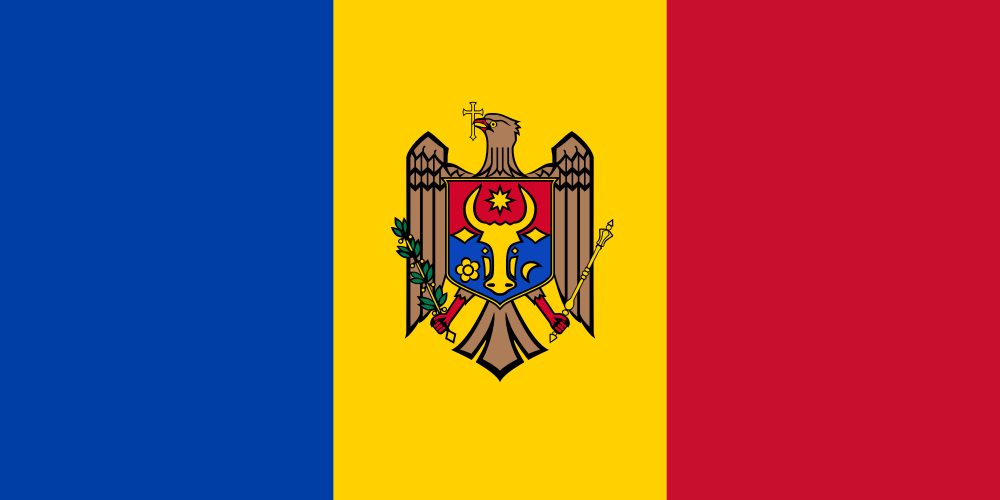
Moldova’s flag features a vertical blue, yellow, and red tricolor, identical to Romania’s. This similarity reflects the shared cultural and historical ties between the two countries. The central element of Moldova’s flag, the coat of arms, differentiates it from Romania’s flag.
Chad
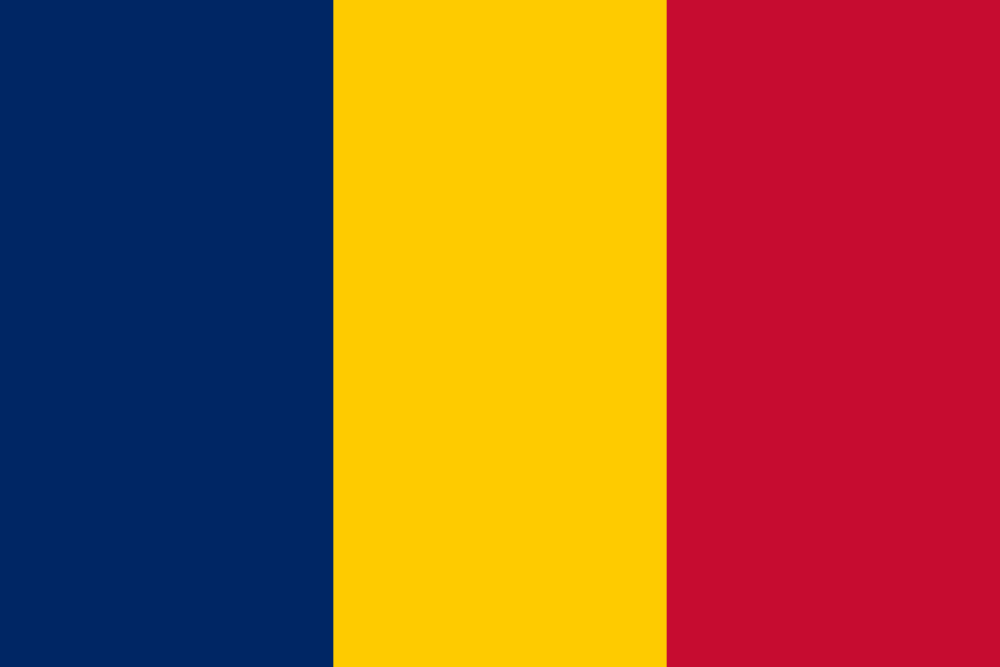
The flag of Chad also has a blue, yellow, and red vertical tricolor. Despite no significant historical connection between Chad and Romania, the flags are strikingly similar, a coincidence that has occasionally led to confusion.
Chad’s flag was adopted to represent the African freedom movement, with the colors symbolizing the sky (blue), the sun (yellow), and progress (red).
Andorra
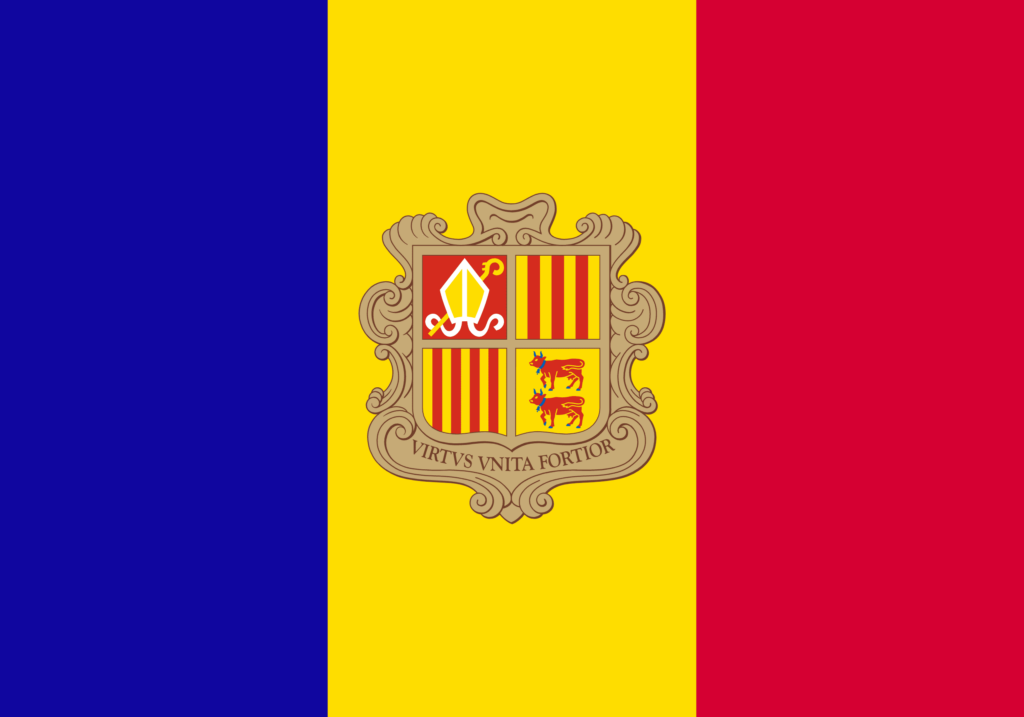
The flag of Andorra bears a resemblance to Romania’s flag in terms of the tricolor pattern.
Although Andorra’s flag includes a coat of arms in the center and uses a slightly different shade of blue, the fundamental design of vertical stripes in blue, yellow, and red aligns with Romania’s flag. This similarity is more coincidental than based on shared history.
Final Thoughts
Romania’s flag, with its vivid tricolor, stands as a distinct emblem in the global mosaic of flags, symbolizing the nation’s unique journey and values. For its citizens, it represents a beacon of national identity, encapsulating the resilience and unity of the Romanian spirit.
Image Sources and Copyright Information
- Romanian Flag Fluttering in Bucharest Street: © Creative Lab/Shutterstock
- Map of Europe with a Pin Flag on Romania: © hyotographics/Shutterstock